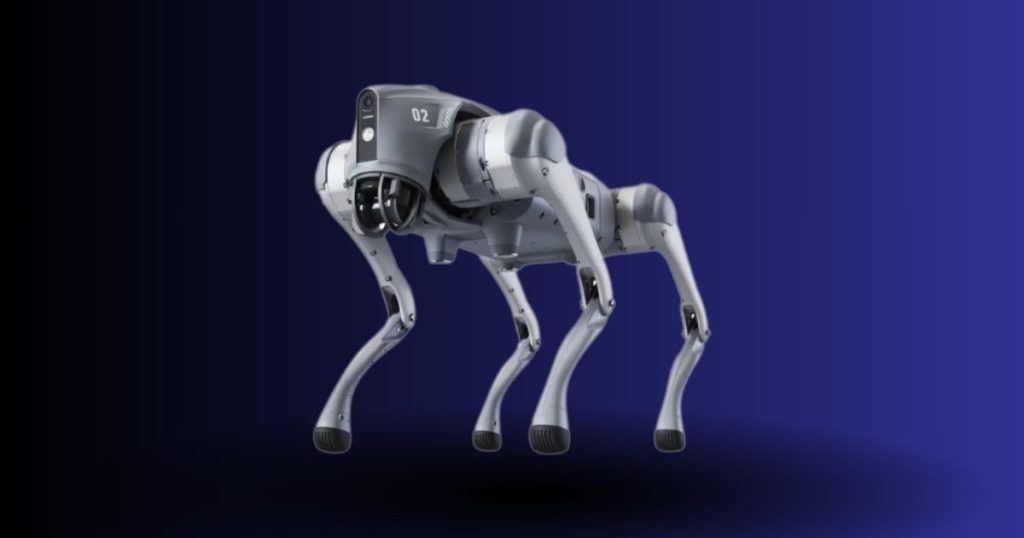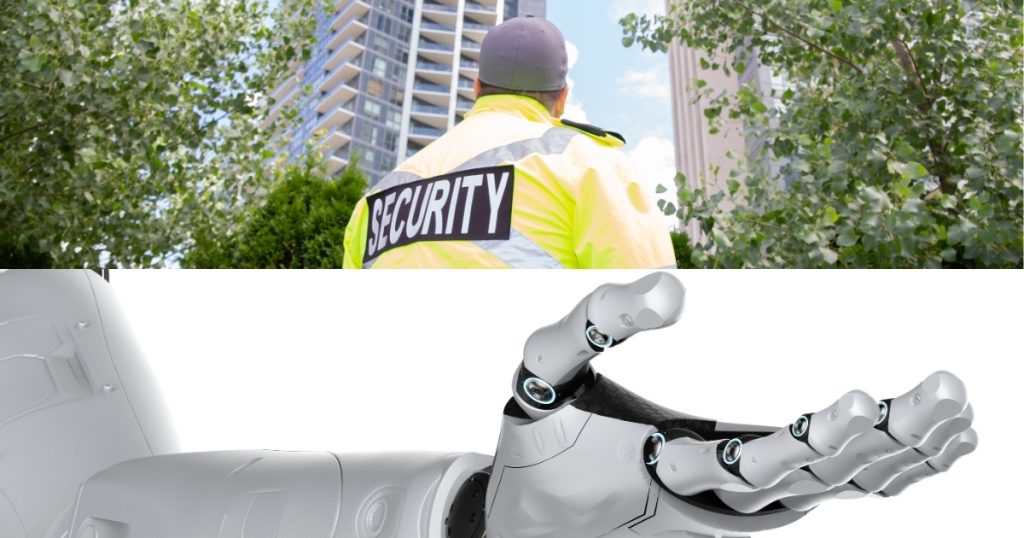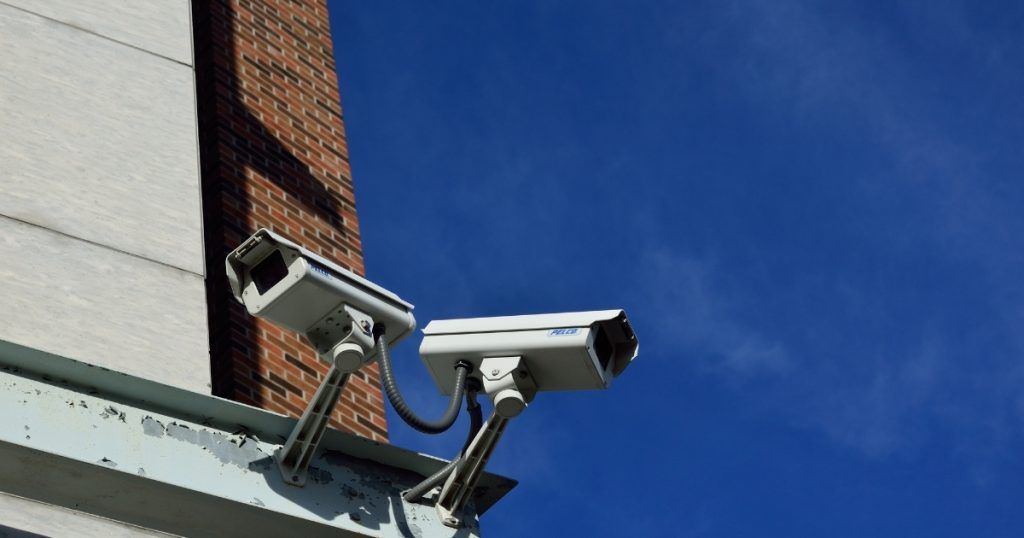
Singapore continues to push the boundaries of urban innovation with the expanded deployment of quadruped robots popularly known as robot dogs across public and private sectors. Initially introduced during the COVID-19 pandemic, these agile machines are now assisting in infrastructure inspection, security patrols, and accessibility services throughout the city-state.
This advancement reflects a global trend where technology enhances but does not replace human security operations, a principle that Securight upholds through its integrated physical and digital protection solutions in Malaysia.
From COVID-19 Patrols to National Infrastructure
The first high-profile deployment of a robot dog in Singapore occurred in 2020 when Boston Dynamics’ robot, Spot, patrolled Bishan-Ang Mo Kio Park to remind visitors about safe distancing. This pilot was conducted by the National Parks Board and Smart Nation and Digital Government Group.
Fast forward to 2025, and Singapore’s robot dogs are fulfilling a wide range of operational tasks:
- Depot & Construction Site Patrols
Quadruped robots are used at Seletar Bus Depot and Sengkang MRT Depot to inspect areas such as the undercarriage of trains. Equipped with HD cameras and thermal imaging sensors, these machines can detect anomalies and transmit live data to operators. - Public Housing Safety Monitoring
The Building and Construction Authority (BCA) has deployed robot dogs to inspect staircases in residential buildings, scanning for inconsistencies that may lead to falls or injuries. - Tunnel & Utility Inspection
SP Group, Singapore’s energy utility provider, has developed its own robot dog, SPock, for inspecting underground tunnels. These robots are capable of identifying structural defects, reducing the risks faced by human inspectors in confined spaces. - Robotics for Accessibility
A team at the National University of Singapore (NUS), led by assistant professor Cai Shaojun, is training quadruped robots to assist the visually impaired. The robots are designed to respond to voice commands and help users navigate spaces like transport hubs and public parks. - Community Engagement
In a symbolic gesture of tech-driven outreach, a Sengkang political candidate, Tony Tan, used a robot dog during an election walkabout earlier this year to interact with residents.
Growth of the Robotics Sector in Singapore
The rise in demand for robotics in Singapore is backed by government and private initiatives. According to the National Robotics Programme (NRP), the country is now home to more than 300 robotics companies, up from 200 in 2023.
Robot dogs are also becoming more accessible. While Boston Dynamics’ Spot costs approximately US$75,000, Chinese-manufactured alternatives now retail from US$2,700 (RM11,600) broadening their appeal to sectors beyond government and enterprise.
What This Means for Malaysia and Securight
As a leading provider of professional security solutions in Malaysia, Securight is committed to integrating the most effective tools and practices into our services. While we currently focus on manned guarding, mobile patrols, electronic access control, CCTV systems, and emergency response planning, we see robotics as a complementary force not a replacement for human expertise.
The innovations seen in Singapore affirm our long-held belief: the future of security is hybrid combining trained personnel with digital and mechanical support systems to deliver comprehensive, real-time protection.
We are continuously exploring technologies that can:
- Improve efficiency in site surveillance
- Reduce manual inspection risks
- Enhance accessibility and safety in smart buildings
- Support public infrastructure monitoring
When the time is right, robotic solutions such as patrol bots or inspection units may become part of the Securight ecosystem, helping us deliver smarter, faster, and safer protection across Malaysia.
Final Thoughts
Singapore’s deployment of robot dogs is a clear demonstration of how technology and urban management are converging. At Securight, we are proud to be part of this evolving landscape bringing together human intelligence, strategic design, and cutting-edge systems to create safer spaces for all.


